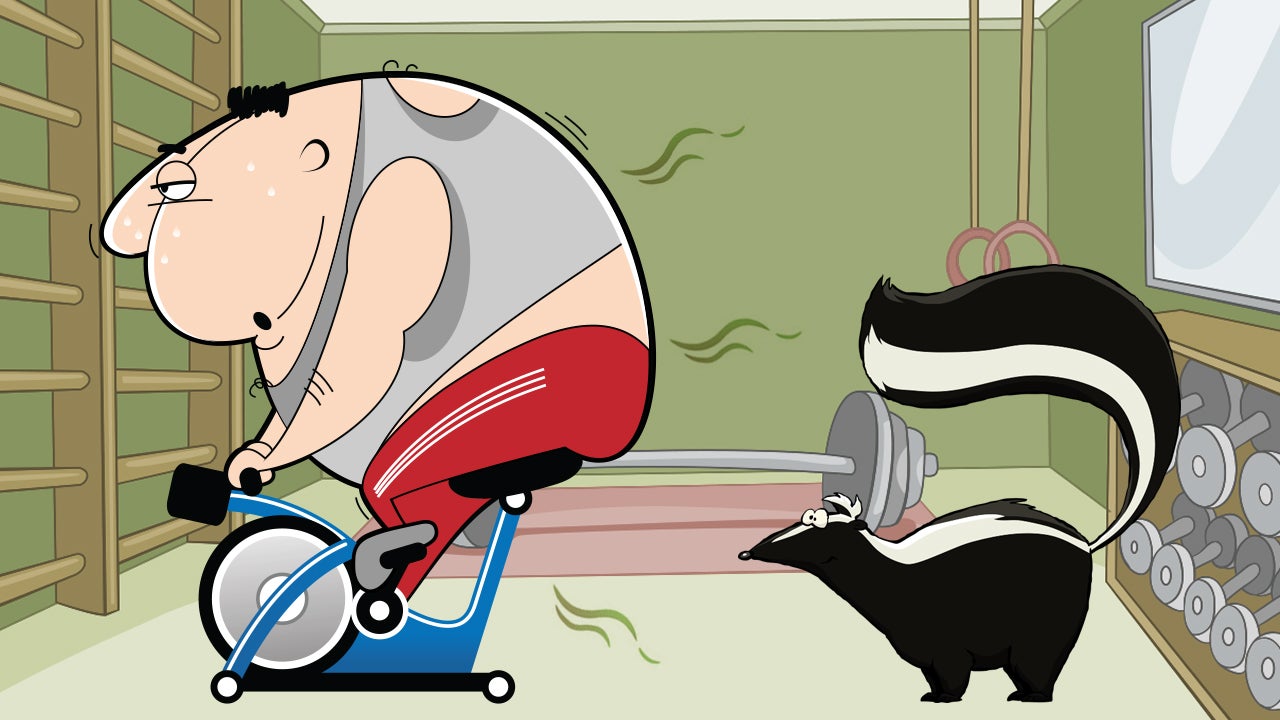Os Jovens e os adultos saudáveis devem de vez em quando fazer uns sprints, saltar para cima de uma degrau, saltar de um degrau para o chão ou saltitar no mesmo sitio.
Estudos realizados em mulheres que saltaram para um step e voltaram a saltar para o chão: Repetiram 1o saltos, com intervalos de 30 segundos, pelo menos duas vezes por dia, ao fim de uns meses a sua densidade óssea aumentou consideravelmente. E noutro grupo que fizeram 20 repetições o aumento ainda foi maior.
Bones should be jarred, for their own good. Past experiments have definitively established that subjecting bones to abrupt stress prompts them to add mass or at least reduces their loss of mass as people age. What has been in dispute, however, is how much force is needed to stimulate bone — and how to apply that force in daily life.
Recently researchers at the University of Bristolgathered male and female adolescents — the body accumulates bone mass rapidly at this time of life — and had them go about their daily routines while they wore activity monitors. The bone density of the volunteers’ hips was also measured.
A week later, the scientists reclaimed the monitors to check each teenager’s exposure to G forces, a measure of impact. Those who experienced impacts of 4.2 G’s or greater — though these were infrequent — had notably sturdier hipbones. Additional work done by the same researchers showed that running a 10-minute mile or jumping up onto and down from a box at least 15 inches high was needed to produce forces that great. The significance of these findings is that people should probably run pretty fast or jump high to generate forces great enough to help build bone.
Unfortunately, few older adults are likely to be doing so. In follow-up experiments, the same researchers equipped 20 women older than 60 with activity monitors and ran them through an aerobics class, several brief and increasingly brisk walks and a session of stepping onto and off a foot-high box. None of the women reached the 4-G threshold — none, in fact, generated more than 2.1 G’s of force at any point during the various exercises.
The implications are somewhat concerning. Dr. Jon Tobias, a professor of rheumatology at the University of Bristol who led the experiments, says that while impacts that produce fewer than 4 G’s of force may help adults maintain bone mass — a possibility that he and his colleagues are exploring in ongoing experiments — it’s unclear what level of force below 4 G’s is needed.
So, Dr. Tobias says, young people and healthy adults should probably pound the ground, at least sometimes. Sprint. Jump off a box 15 inches or higher at your gym and jump back up. Hop in place. A study by other researchers published in January found that women between 25 and 50 who hopped at least 10 times twice a day, with 30 seconds between each hop, significantly increased their hipbone density after four months. Another group of subjects, who hopped 20 times daily, showed even greater gains.
Alas, a kind of Catch-22 confronts older individuals who have not been engaging in high-impact exercise: Their bodies and bones may not be capable of handling the types of activity most likely to improve bone health. Dr. Tobias and his colleagues hope to better understand what level of impact will benefit these people. In the meantime, anyone uncertain about the state of his or her bones should consult a physician before undertaking high-impact exercise (a caveat that also applies to those with a history of joint problems, including arthritis). For his part, Dr. Tobias says, “I plan to keep running until my joints wear out.”
Fonte: LifeHack


